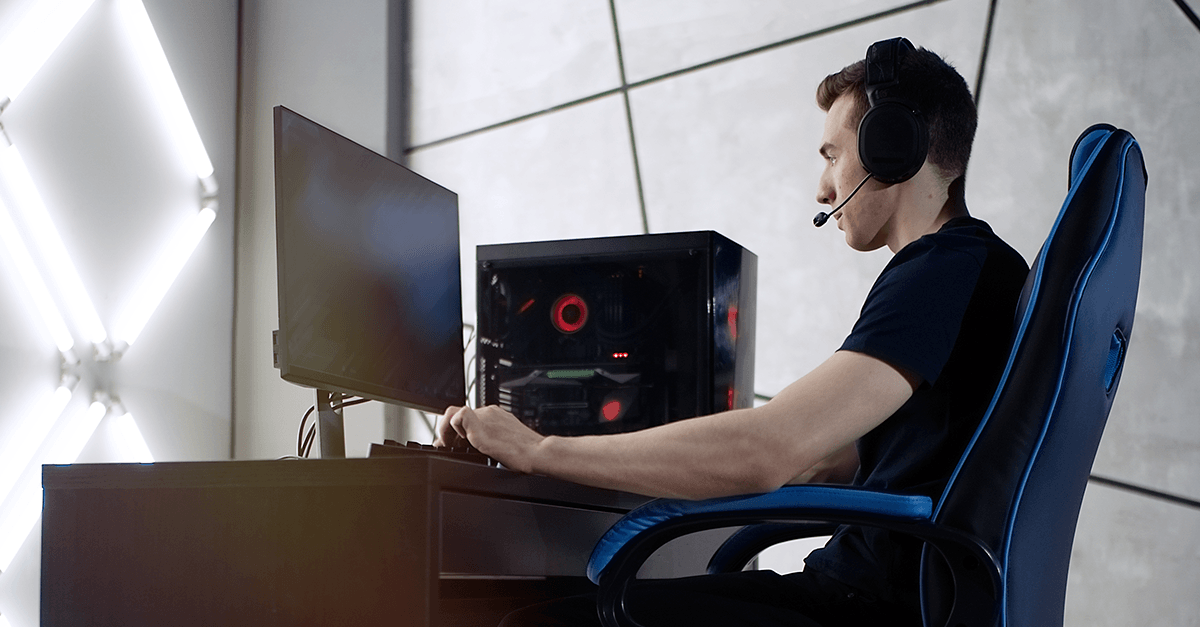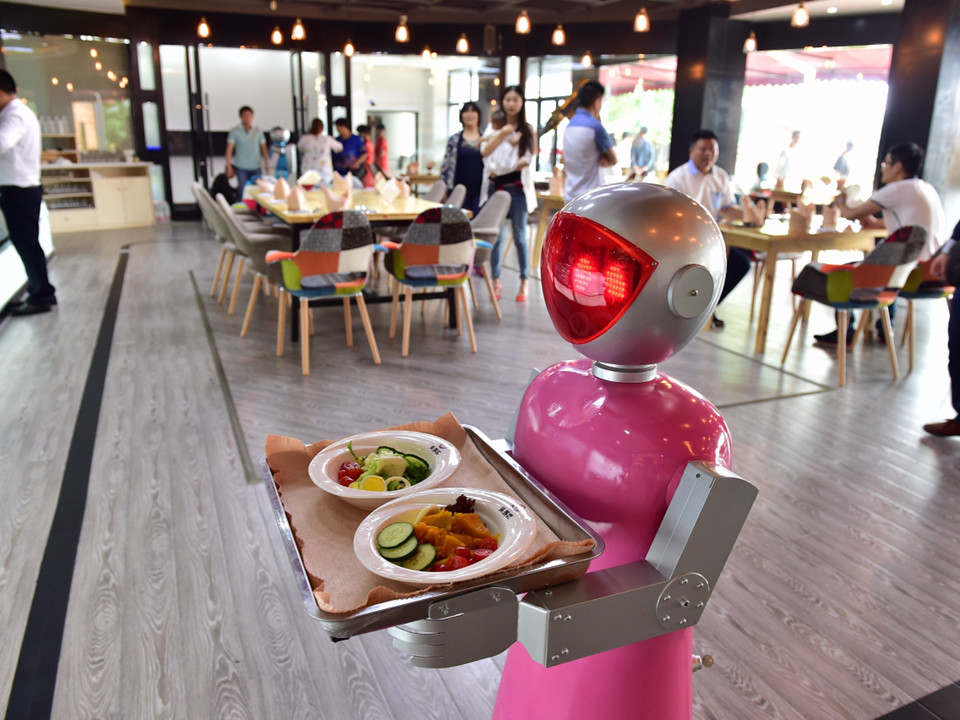Technology has revolutionized the way we live our lives, from ordering in dinner to video calling family members who live far away. People all over the world now have access to a large variety of technological tools that make everyday life easier so much more convenient.
Smartphones are one of these tools that have changed how we interact with each other with the world around us for good.
The smartphone is no longer just a device used for texting or making calls; it has evolved into an essential part of our daily routines, allowing us access to email accounts, banking apps, booking services like Uber or Lyft; even music streaming platforms such as Spotify Apple Music can be accessed through smartphones nowadays.
With this level of convenience available at our fingertips 24/7 it comes as no surprise that there are countless ways people can use their phones not only for leisure but also productivity purposes such as tracking fitness goals or managing financials better by using budgeting apps like Mint – all things made possible due to advances in technology over recent years.
Not only do smartphones offer convenience but they provide users with information at their disposal that was previously unavailable before – whether it’s news updates about current events occurring around the world or online tutorials to learn a new skill.
This information can be accessed within seconds people have more access to knowledge than ever before! With the help of smartphones, it’s now easier than ever for individuals to stay up-to-date with what’s going on in the world without having to rely on external sources such as newspapers or television news broadcasts.
When it comes down to taking care of loved ones, smartphones play an important role too – there are plenty of apps available that could help caregivers manage their responsibilities better.
From providing medical advice from professional doctors remotely via telemedicine platforms or tracking medication intake appointments through calendar-style reminders, there is no doubt that apps have been a great asset for those in need of care. Who makes apps for caregivers? The answer might surprise you.
What Exactly Are “Apps?”
If you haven’t been living under a rock, you probably know what apps are – especially if you own a smartphone. Apps, short for application software, are an integral part of our everyday lives they come in all shapes sizes to suit different needs. They can be used to do anything from tracking your daily fitness goals to ordering food online – the possibilities are endless.
Apps generally fall into two main categories; those that have been developed by companies or organizations such as banks or airlines for their customers’ convenience those which have been created independently by developers who may not necessarily be affiliated with any one company. Here is a detailed list of some common types of apps available today:
- Social Networking Apps:
- This includes things like Facebook, Instagram, Twitter which allow users to connect with people all over the world.
- Shopping Apps:
- Popular shopping apps include Amazon, eBay, Wish – these are used for buying products online quickly easily.
- Music Streaming Apps:
- Services like Spotify or Apple Music enable users to access their music library from anywhere in the world.
- Banking/Finance Apps:
- These are made by banks for customers to securely manage their finances such as checking account balances or transferring money between accounts without needing to visit a branch office in person.
- Navigation/Maps Apps:
- Google Maps is one of the most popular navigation apps available today – it can be used for finding routes between two destinations as well as discovering nearby places of interest like restaurants or shops within close proximity.
- Travel Apps:
- These apps allow users to book flights hotels from the comfort of their own homes.
- Health/Fitness Apps:
- These apps help users track their fitness goals, count calories, even monitor their heart rate in real time.
Although these are just some of the more common types of apps available today, there is a wide range to choose from depending on your needs. For instance, you could find an app for learning languages or playing games – it’s no wonder that people have become so dependent on them.
Apps are a great way to make life simpler more efficient, but have you ever wondered who actually makes them? It may surprise you to know that they can be created by anyone with the right skillset – whether it’s an individual developer or a large company.
What Do Home Care Apps Do?
As the population ages, there is an increasing dem for home care services. With this rise in need comes a greater focus on making caregivers’ jobs easier more efficient through technology. Home care apps have been developed to achieve just that – they provide a range of features that can help caregivers manage their duties better while also providing convenience peace of mind when it comes to caring for elderly or disabled patients.
Here are some common features available on home care apps: • Scheduling/Calendar Management: This feature allows users to easily keep track of appointments, medications intake times as well as other important tasks related to patient care such as doctor visits or therapy sessions.
- Messaging System:
- These allow family members or other involved parties such as doctors to communicate with each other via text messages securely within the app itself instead of relying on external sources like emails which may not be secure enough.
- Caregiver Assignments & Tracking:
- Caregivers can be assigned specific tasks related directly to individual patients, allowing them to stay up-to-date with their progress at all times without needing extra paperwork.
- Alerts & Reminders:
- Appointments medication reminders are sent out directly to users so they never miss a beat in providing the best care possible for their patients. • Patient Data Management: This feature helps organize store patient information securely, making it easier for caregivers to access important records whenever needed.
- Remote Monitoring & Video Conferencing:
- This enables medical professionals or family members to monitor their loved ones remotely from anywhere in the world through live video streaming.
home care apps are designed with convenience efficiency in mind – they provide an easy-to-use platform that can help make managing tasks related to caring for elderly or disabled patients simpler. Not only do they provide features that make life easier for caregivers but they also ensure the safety of those in their care by using secure encryption other data protection measures to keep patient information private at all times.
But who makes these apps? In the next section, we will take a closer look at who is behind the development of home care apps how exactly they are created.

Who Makes Caregiver Apps?
With the rise of technology, it’s no surprise that there are now apps specifically designed to assist caregivers with their responsibilities – from scheduling appointments tracking medications intake times to remote monitoring via video conferencing, these applications have become an invaluable tool for those providing care for elderly or disabled patients. But who makes them?
home care apps can be created by a variety of different people/organizations depending on their specific needs including but not limited to:
- Caregiver Organizations & Companies:
- These could include companies like Visiting Angels which provides home care services as well as non-profit organizations such as AARP Foundation which also offer assistance with caring for elderly individuals.
- Government Agencies & Institutions:
- Local governments often develop healthcare-related programs initiatives, some of which may require specialized software applications that can help manage tasks more efficiently.
- Independent Developers / Small Teams:
- Individuals or small teams with the necessary technical skillset might decide to design an app related directly to home care either independently or through partnering with larger organizations.
- Hospitals & Medical Centers:
- These institutions are likely to have their own apps for managing patient information as well as providing medical advice remotely via telemedicine platforms.
- Software Companies:
- Companies like Microsoft or Apple might decide to create a home care app that integrates seamlessly with existing products services they offer such as computer operating systems or cloud storage solutions.
- Research & Development Groups:
- Universities, research labs, other groups focused on developing new technologies may decide to build an app related directly to home care in order to further their studies or provide assistance in this field.
An EVV system for home care is a great way to ensure that all home care services are properly documented, tracked, reported. This system can help to ensure that home care services are provided accurately efficiently, while also protecting the safety of patients. EVV systems can track the start end times of home care visits, the type of services provided, the provider of the services, the patient’s condition throughout their care.
Understing Where Your Tools Come From
It’s clear there is no one-size-fits-all when it comes down to who makes these applications – from independent developers creating them from scratch to large software companies offering integrated solutions, the possibilities are endless!
Creating an app is no small feat – it requires a lot of planning hard work from the people behind its development. That makes using these tools that much more special – knowing that someone has put in the effort to bring us convenient efficient solutions for our daily lives. Everyone deserves for their jobs to be a little easier, especially those in the home care field.




